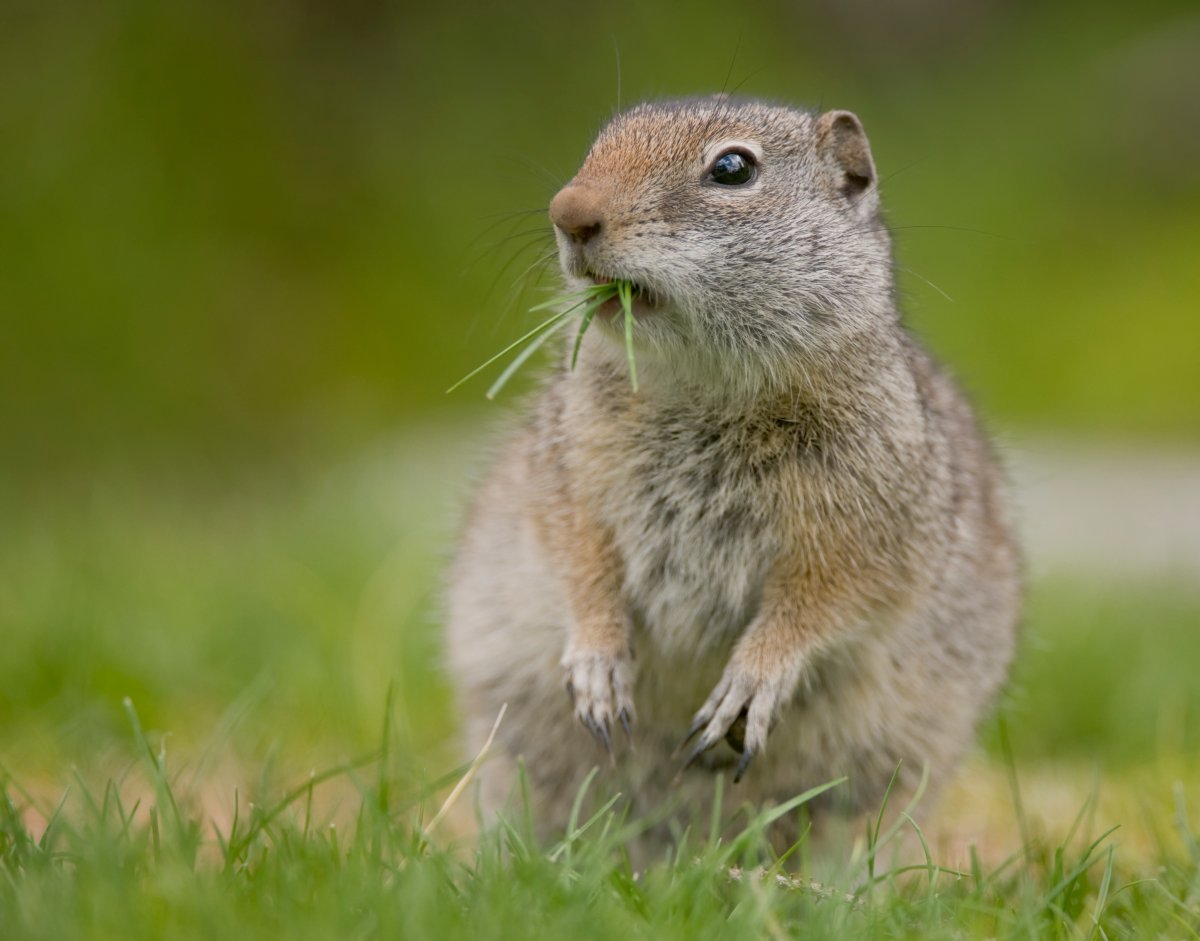A changing climate may have left more male squirrels “shooting blanks” in the Canadian prairies while their cousins in hotter African countries are growing larger feet, according to a pair of recent studies out of the University of Manitoba.

And researchers worry the seemingly subtle changes may be a dire warning about the wider effects of global warming.
“Our study, and the studies of many others, are showing us that nature, in some cases, can respond quickly to rapid environmental changes,” said Jane Waterman, head of the Behavioural, Ecological & Evolutionary Research Lab at U of M, in a statement Monday.
“Humans need to be mindful of all effects of climate change, even ‘small’ ones so we can respond with deliberate, swift action as needed.”

Waterman started work with fellow researcher Miya Warrington last year when they found that some of Richardson’s male ground squirrels, a species found throughout the Canadian prairies, were coming out of hibernation following a particularly warm winter with sperm unable to swim.
While the “non-motile” sperm did not lead to fewer young born later that year, a release from the University of Manitoba warns “other negative consequences of males ‘shooting blanks’ may emerge in other species or situations.”
Interested by what they’d seen in Canadian squirrels, the researchers then decided to look into what non-lethal effects climate change may be having on another population of squirrels, which Waterman was already watching as part of a 20-year research project on Cape ground squirrels in South Africa.
Using the years of data from the South African study, Waterman and post-doctoral fellow Warrington found the relative size of the squirrel’s feet had increased — although their bodies became smaller — as temperatures have risen at the nature reserve where they live in South Africa.
“These proportionally bigger feet may help the ground squirrel cool off by allowing them to shed more heat even faster than those squirrel with smaller feet,” explained Warrington, the lead author of the study, published in the Journal of Mammalogy.
“Likewise, smaller bodies are predicted to help animals shed heat at a faster rate than larger-bodied animals.

“This result suggests that ground squirrel bodies may be changing in response to the greater heat stress that these animals are experiencing in recent years.”
While the researchers say that animals responding to rising temperatures is not entirely unexpected, the school’s release says animals actually changing shape may have “farther reaching consequences beyond external aesthetics.”
“If the body is changing, what else is changing,” Warrington said in the release. “We’d also like to look at internal changes, things like the effects of stress and hormones, as well as the effect on behaviours.
“Cape ground squirrels are very social species, and changes to their bodies and behaviours can affect how they operate as a social species, which then may affect their survival and reproduction.”
- Ont. First Nation calls for chemical plant to be shut down amid ‘dangerously high’ benzene levels
- Ottawa looks to launch national flood insurance program within 12 months
- Nova Scotia scraps spring bear hunt idea, public ‘very divided’ on issue
- Ecuador rations power, declares emergency as drought limits hydro output




Comments